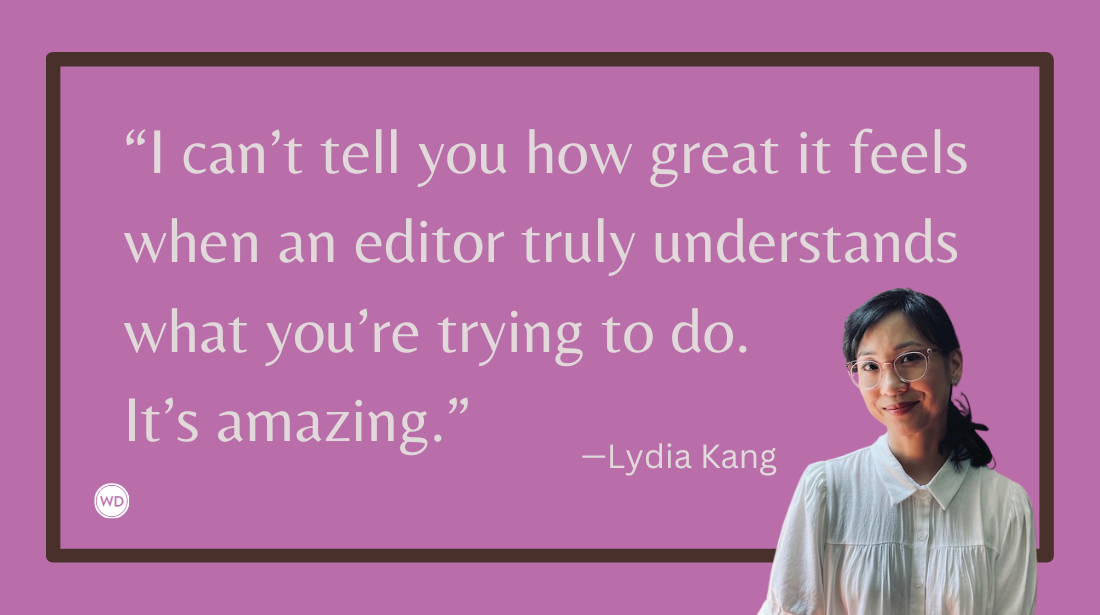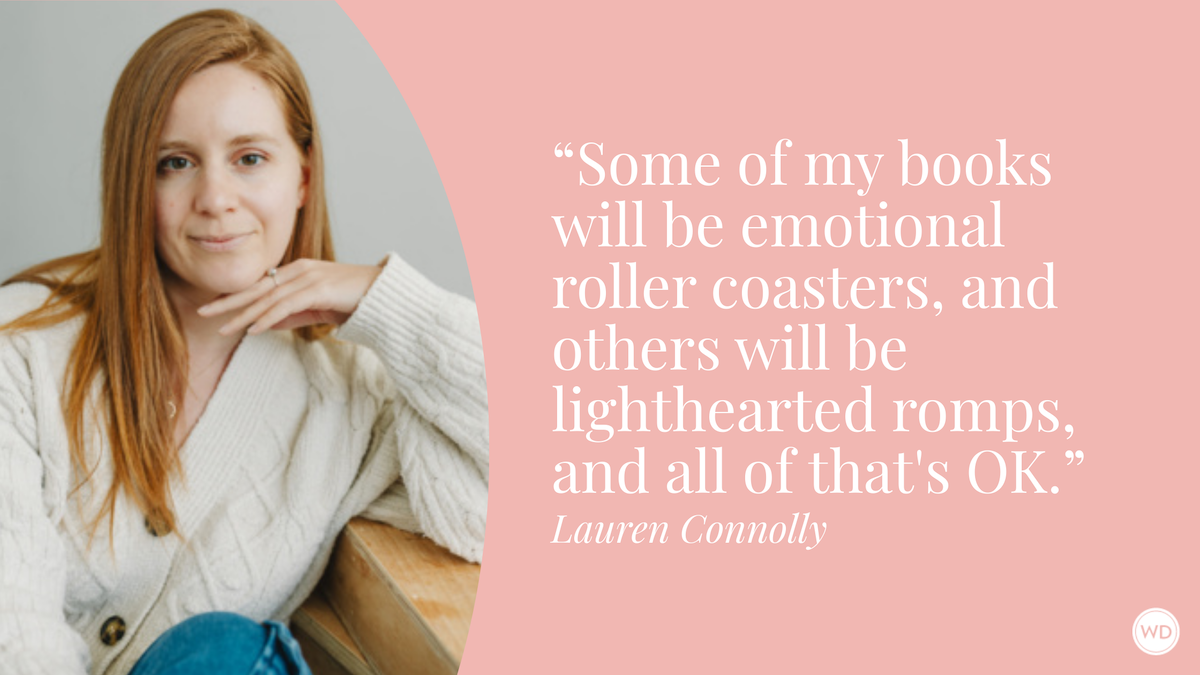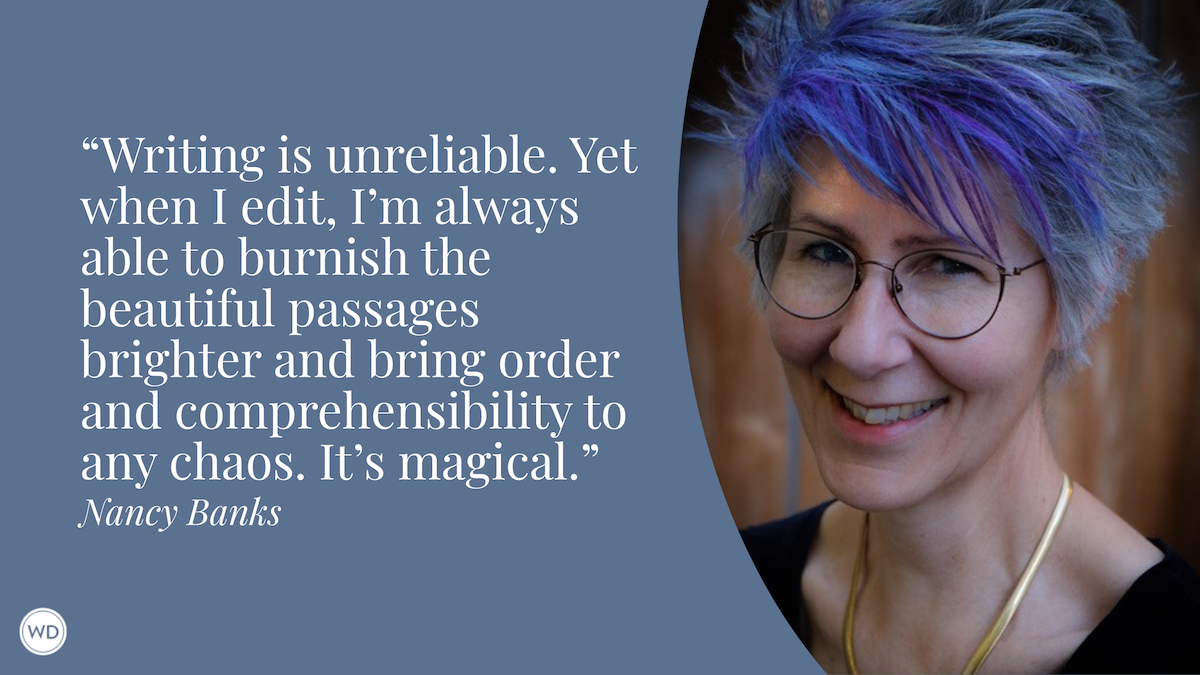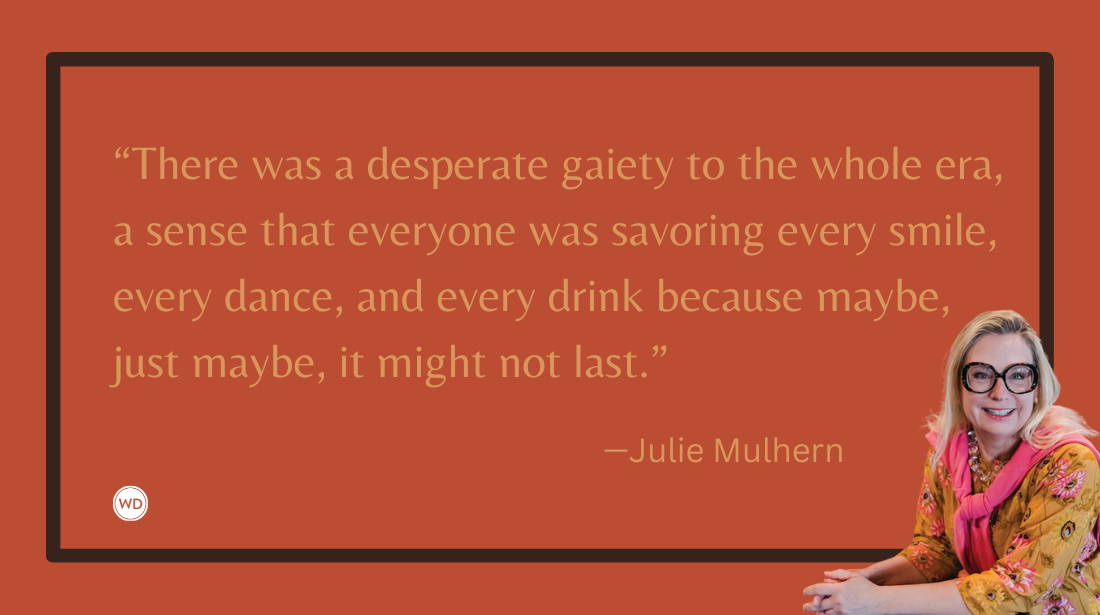The Fracturing of the Literary “Weird Girl”—How Women Authors Use Innovative Structures to Get Inside Unhinged Characters’ Minds
Author Heather Colley discusses how women authors have been using innovative structures to get inside unhinged characters’ minds.
“Weird” and unhinged women in fiction are everywhere these days, and they seem to only be getting weirder: Ottessa Moshfegh’s unnamed narrator from My Year of Rest and Relaxation, who drugs herself into sleeping for a year, seems somehow tame compared to the unhinged women of recent literary fiction. Women in literary fiction are becoming murderers, cannibals, psychopaths, and stalkers; they’re obsessive and neurotic, unlikeable and questionable at best.
Yet despite—or perhaps because of—their deep or bizarre characteristics, the unhinged and weird women from the contemporary literary fiction scene are mirrors to modern womanhood. They often double as catalysts for surreal plot lines and symbols of the struggles of femininity. Take, for instance, Monika Kim’s serial murderer in The Eyes are the Best Part, who cannibalizes men’s eyeballs in both a gory body horror plot and an indictment on the fetishizing male gaze. Or Ainslie Hogarth’s narrator Abby in Motherthing, whose descent into madness leads to a Shakesperean murder sequence but is also, symbolically, an allegory for the ways in which we relate to motherhood, from fertility struggles to inter-generational trauma.
But in a landscape where the “weird girl” or “unhinged woman” is trendy and proliferating, writers need to differentiate themselves, and their characters, to add something new to the literary niche. Recently, several novelists have used innovative narrative structures to stylistically differentiate their unhinged female characters. These strategies include the use of metafiction, intertextuality, embedded narratives (a story within a story), and shifting points of view, all of which dynamize unhinged women narratives and offer new angles and subtexts through which we understand the trope.
Take, for instance, Alana Saab’s Please Stop Trying to Leave Me, in which the author moves deftly between metafictional short stories, essay-type narrative nonfiction, and fever dream style hallucinations to evoke Norma’s “Oblivion” (her depression and derealization). Saab’s constant shifts in genre, and her frequent shifts in perspective, complicate the very essence of the unhinged woman narrative by asking, perhaps, the most important question: Who is actually the unhinged one here? Is it the struggling fiction writer who produces the short story sections of the book, or is it the version of Norma who suffers through each therapy session? Or, in a metafictional nod, is it “Alana Saab,” the author of a book which is mentioned in one of the stories? By destabilizing genre and perspective, Saab’s “unhinged woman” narrative also becomes a question about who tells which stories, and whose stories we understand as “fictional” or not.
Ainslie Hogarth’s Motherthing deploys a similar shift in perspective, especially as Abby descends further into madness as she is haunted by her dead mother-in-law, Laura. As Abby’s grip on reality loosens, she begins to refer to herself in the third person, using [brackets and italics] to denote those scenes which she experiences as an omniscient onlooker. To further emphasize this dramatic shift in perspective, Hogarth writes these scenes as one might write a screenplay, with characters denoted clearly (Abby: or Laura:) followed by their line of dialogue. These punctuation choices pronounce the jarring change in perspective; Saab uses a similar detached, screenplay-esque perspective to narrate the therapy scenes in Please Stop Trying to Leave Me. This stylistic detachment represents possible derealization—the fracturing of the “unhinged” woman narrator from herself, as she moves from the first-person perspective to an uncanny omniscient purview.
Such shifts in perspective can add more gravity to certain scenes, as can the use of literary intertextuality, in which the author nods to another piece of literature or art, whether implicitly or explicitly. Meredith Hambrock uses intertextuality throughout her recent novel She’s a Lamb!, a book about ruthless and obsessive ambition in which Jessamyn, a young actress blinded by her desire to play the lead role, begins to conflate reality with a musical theatre performance. Hambrock uses intertextual allusion throughout the novel by writing an unhinged narrator who is herself fixated on another fictional woman: Maria from The Sound of Music. A sense of irony arises when the reader, but not Jessamyn, becomes aware of just how dissonant the narrator is from her image of the ideal female figure in the caretaker Maria. Additional irony emerges throughout She’s a Lamb! through an unstated but evident literary parallel—that of the book’s allusions to Shakespeare’s Macbeth. Like Macbeth, Jessamyn’s initial crime leads to a succession of rapid and manic murders which become her own undoing.
Something similar happens in R.F. Kuang’s Yellowface, in which Macbeth also emerges as a subtext: While June enjoys literary fame after she steals and appropriates Athena’s unfinished manuscript, she sees the ghost of Athena in the audience at a major public book event—just as Macbeth is haunted by the ghost of Banquo at a dinner party. Like Macbeth, June’s unhinged narrative is catalyzed by the appearance of a ghostly figure who returns for vengeance and destabilizes the sanity of the protagonist. Evoking other works of literature or art—as in, for instance, The Sound of Music or Macbeth—can call attention to a body of work which engages with similar themes as the contemporary novel; intertextuality, however, can also differentiate contemporary literary fiction from its predecessors by highlighting how timeless themes emerge in the contemporary world
In my own work, I’m interested in the use of stories-within-stories and how we can use multiple points of view, including omniscient narrators scattered amongst first-person speakers. In my debut novel The Gilded Butterfly Effect, the main character Stella tells a story-within-a-story as a means to describe to her new friend Penny, and the reader, her traumatic experience with a fraternity brother the prior year. Her embedded story therefore becomes omniscient in the midst of her usual first-person narrative, giving readers a broad remit of the scene and its several characters. Her story-within-the-story serves several purposes. First, it gives her the chance to claim the story for herself and tell it however she wishes—rather than as dictated by a third-party or a fraternity brother. It also allows her to omit certain key information from Penny, enabling dramatic irony—the reader now knows more about the true story than Penny does. These point of view shifts create miscommunications and misunderstandings amongst characters, which lead to discordance, and eventually contribute to their undoing.
As writers, I think we tend to restrict ourselves when it comes to points of view—but embedding stories within broader narratives can fracture and complicate the plot in important ways. Such fracturing, whether through an embedded story, a change in perspective, or an intertextual nod, can deepen the work’s overall sense of irony and gravity, and heighten the stakes for characters. These literary techniques in turn complicate the “unhinged woman” trope in several ways. Intertextual allusion can locate contemporary fictional women within a broad literary history, recalling the unhinged demises of similar but different characters. Embedded stories can give characters agency and can heighten the readers’ awareness, whilst ironically confusing the perspectives of other characters. By shifting perspective, a book can ask more than “what” might happen to an unhinged female character—it might interrogate who, exactly, she really is at all. In a crowded literary world, in which fictional women seem to be getting increasingly unhinged, stylistic and structural choices can differentiate characters and plot lines, and can keep an “unhinged woman” from falling into the trappings of an overused trope.
Check out Heather Colley's The Gilded Butterfly Effect here:
(WD uses affiliate links)









